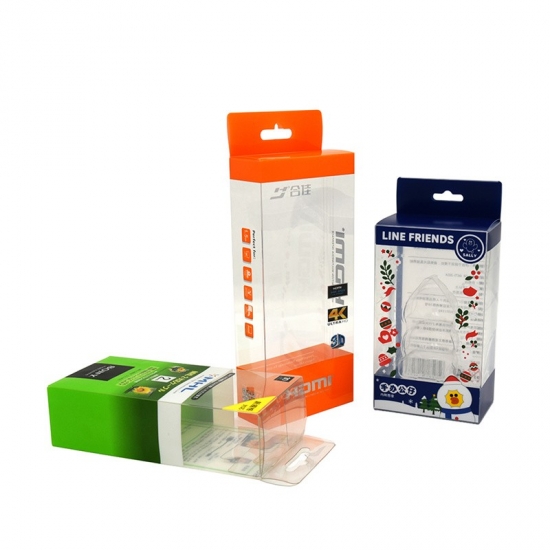In the era of heightened environmental consciousness, the question What is the most sustainable packaging material for food? has become a focal point for businesses, consumers, and environmentalists alike. The answer, however, is not as straightforward as it may seem. It requires a comprehensive understanding of the lifecycle of packaging materials, their environmental impact, and their practicality in the food industry.
The first layer of understanding sustainable packaging involves evaluating the environmental footprint of various materials. This includes the energy consumed during production, the emissions generated, the potential for recycling, and the degradation period if the material ends up in a landfill.
Plastic, for instance, has been widely criticized for its environmental impact. It takes hundreds of years to decompose and often ends up in oceans, causing harm to marine life. However, plastic is lightweight and durable, which reduces transportation emissions and food waste due to spoilage.
On the other hand, materials like glass and metal are highly recyclable and can be reused indefinitely without losing their quality. However, they are heavier and require more energy to produce and transport, which can offset their recycling benefits.
Biodegradable materials, such as PLA (Polylactic Acid), a type of bioplastic derived from renewable resources like corn starch, are gaining popularity. They decompose within a few months under the right conditions. However, they require industrial composting facilities to break down properly, which are not widely available in all regions.
Paper and cardboard, made from renewable resources and widely recyclable, are also strong contenders. However, they are not suitable for all types of food packaging due to their susceptibility to moisture and lack of insulation properties.
The second layer of understanding involves the practicality of these materials in the food industry. Factors such as cost, functionality, and consumer perception play a crucial role. For instance, while glass is a sustainable option, its fragility and weight make it less practical for certain food items.
In conclusion, the most sustainable packaging material for food is not a one-size-fits-all answer. It depends on a variety of factors, including the type of food, the supply chain logistics, the recycling infrastructure, and the environmental policies in place.


